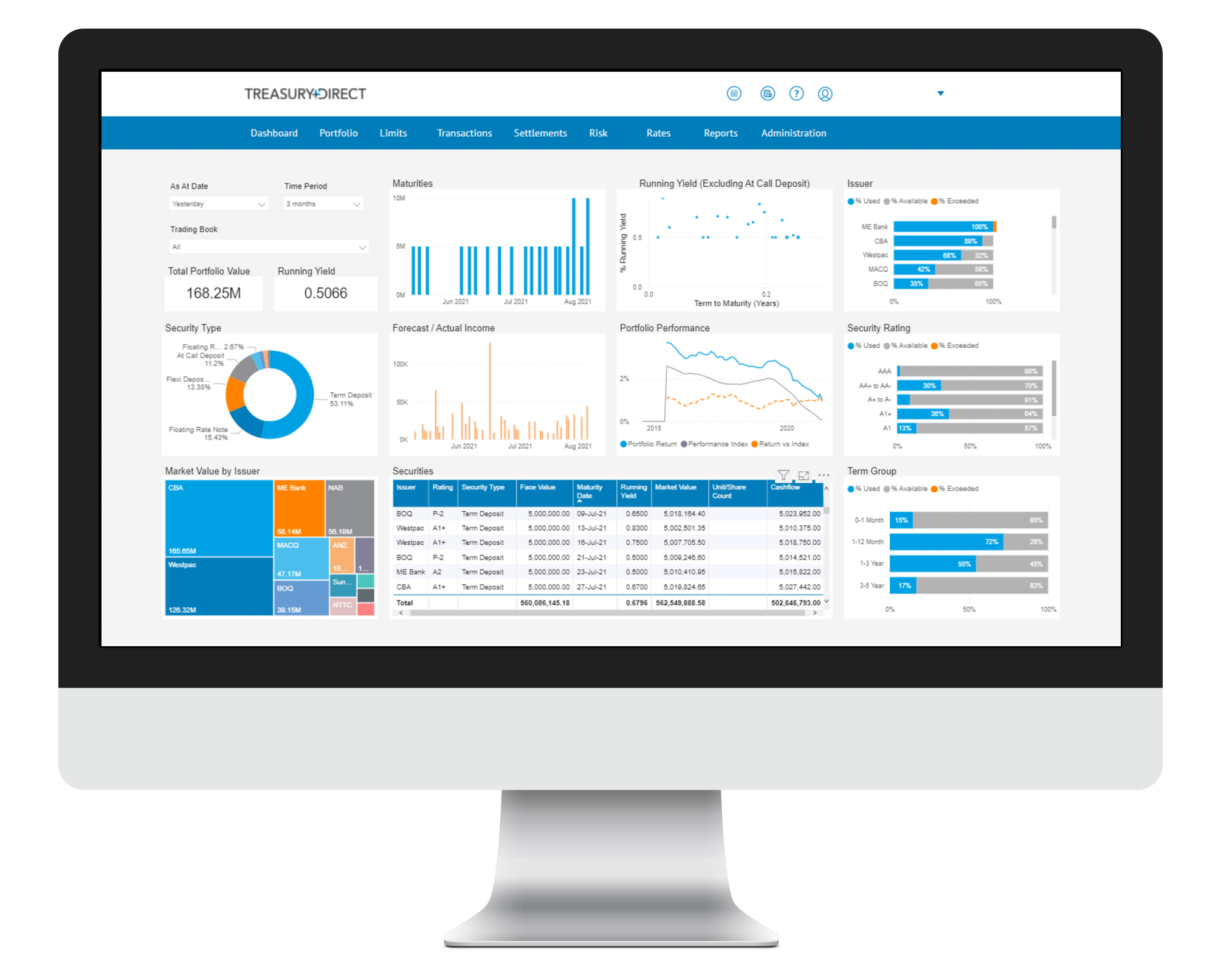Markets Overview
- ASX SPI 200 futures up 0.1% to 8,904.00
- Dow Average up 0.1% to 46,316.07
- S&P 500 up 0.3% to 6,661.21
- Aussie up 0.5% to 0.6577 per US$
- US 10-year yield fell 3.6bps to 4.1387%
- Australia 3-year bond yield fell 4.9 bps to 3.54%
- Australia 10-year bond yield fell 5.3 bps to 4.33%
- Gold spot up 2.0% to $3,833.98
- Brent futures down 3.5% to $67.65/bbl
Economic Events
- 11:30: (AU) Aug. Building Approvals MoM, est. 2.6%, prior -8.2%
- 11:30: (AU) Aug. Private Sector Credit YoY, prior 7.2%
- 11:30: (AU) Aug. Private Sector Credit MoM, est. 0.6%, prior 0.7%
- 11:30: (AU) Aug. Private Sector Houses MoM, prior 1.1%
- 14:30: (AU) Sept. RBA Cash Rate Target, est. 3.60%, prior 3.60%
- 14:30: (AU) Sept. RBA Cash Rate Target, est. 3.60%, prior 3.60%
- 15:30: (AU) RBA’s Bullock-Press Conference
Australian Retirement Trust is defaulting on a loan that funded the purchase of a US office complex once occupied by Microsoft Corp., likely wiping out a roughly $300 million equity investment, according to Bloomberg calculations.
Stocks posted modest gains on Monday as concerns mounted about a looming US government shutdown possibly delaying the release of key labor-market data that could provide clues about how fast the Federal Reserve will cut interest rates. Treasury yields fell across the curve.
The S&P 500 ended the session 0.3% higher. The Nasdaq 100 rose 0.4% after climbing nearly 1% earlier. The Bloomberg dollar index pared earlier losses after pending home sales for August jumped to the highest level in five months.
The US Treasury 10-year yield declined to 4.14% — shutdowns are typically associated with gains for bonds because of their potential to restrain the economy. Gold, a safe-haven asset, hit a record.
Investors are worried that the threat of a US government shutdown could hinder some crucial data releases that they require to discern how the US economy is doing. That includes Friday’s nonfarm payrolls report, which would offer details on how the labor market is holding up and help the Fed decide how many more times to cut rates this year.
“Given the importance of the job market to the Fed’s rate-cutting decisions, risk that the September unemployment report could be delayed could add to the market’s anxiety over the direction of policy,” said Kathy Jones, chief fixed income strategist at Schwab.
Uncertainty around trade policies also persists as President Donald Trump said he would levy new tariffs to boost the domestic film and furniture industries through a pair of sweeping — yet confusing — plans. Emma Wall, chief investment strategist at Hargreaves Lansdown, wrote that investors should be mindful that the inflationary impact of tariffs is not properly seen in numbers just yet.
“Further tax hikes — such as the 100% pharmaceuticals levy announced last week — are likely to add pricing pressures,” she said.
Separately, economists rejected Federal Reserve Governor Stephen Miran’s first major policy speech, in which he argued that the Trump administration’s policies have significantly lowered the level of interest rates needed to guard against inflation. Miran still doubled down on his stance, saying the Fed risks damaging the economy by not moving rapidly to cut interest rates.
Apart from Friday’s jobs report, there’s also the JOLTs report releasing on Tuesday that will offer a picture on job openings while Wednesday’s data will shed light on company hiring. Strategists said the recent negative revisions and downtrend in jobs numbers will raise the stakes for Friday’s release.
“We could be set for some notable volatility around these prints going forward as the breakeven payroll rate now seems to be around or under 50,000 a month,” wrote Jim Reid, global head of macro research and thematic strategy at Deutsche Bank AG. “We are not really conditioned to negative prints being within that margin of error, so reactions to such prints may be not rational.”
On Monday, investors also heard from a handful of Fed speakers. St. Louis Fed President Alberto Musalem said that while he’s open to further rate cuts, policymakers should move carefully, since inflation is still running above target. New York Fed President John Williams, on the other hand, said inflation risks have come down, but those for employment have moved up. He didn’t indicate whether he might support another rate cut when policymakers next gather in late October.
In geopolitical news, Trump and Israeli Prime Minister Benjamin Netanyahu said they had agreed to a 20-point plan designed to end the war in Gaza, though the prospects for peace remained unclear without the direct involvement of Hamas.

